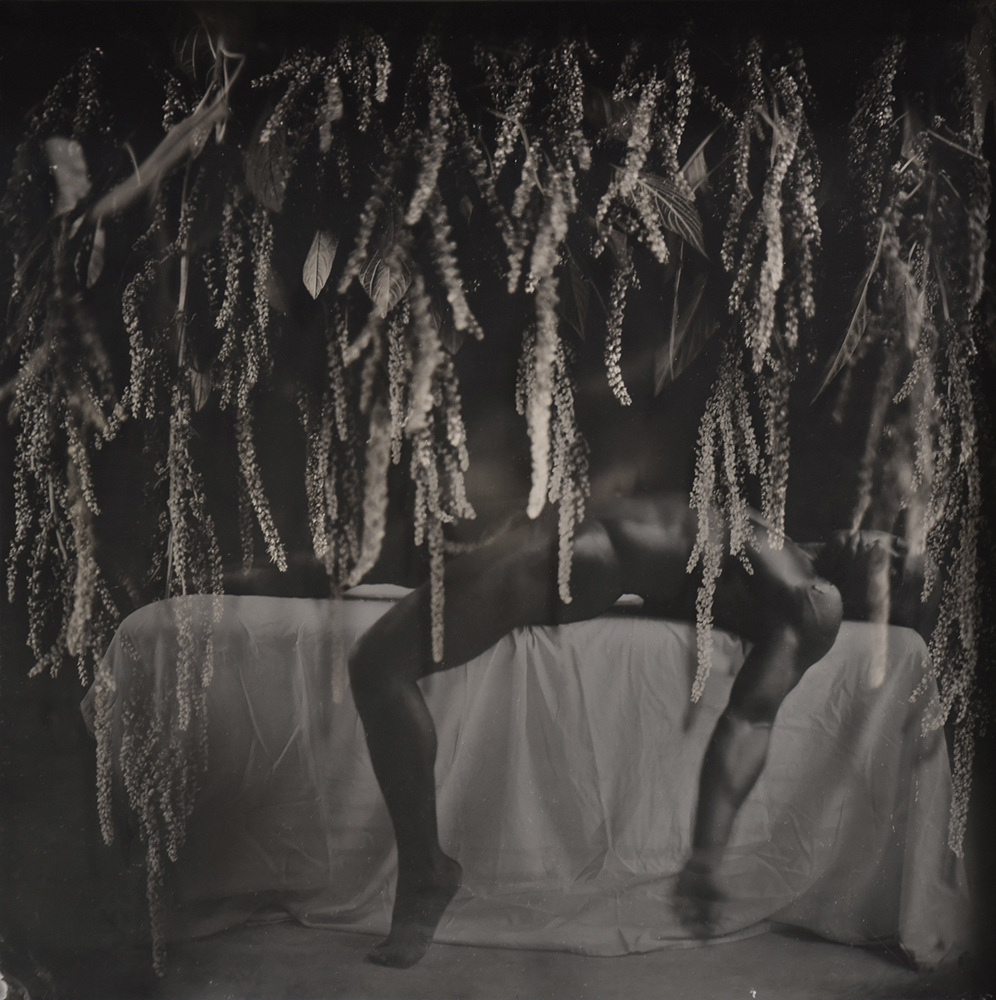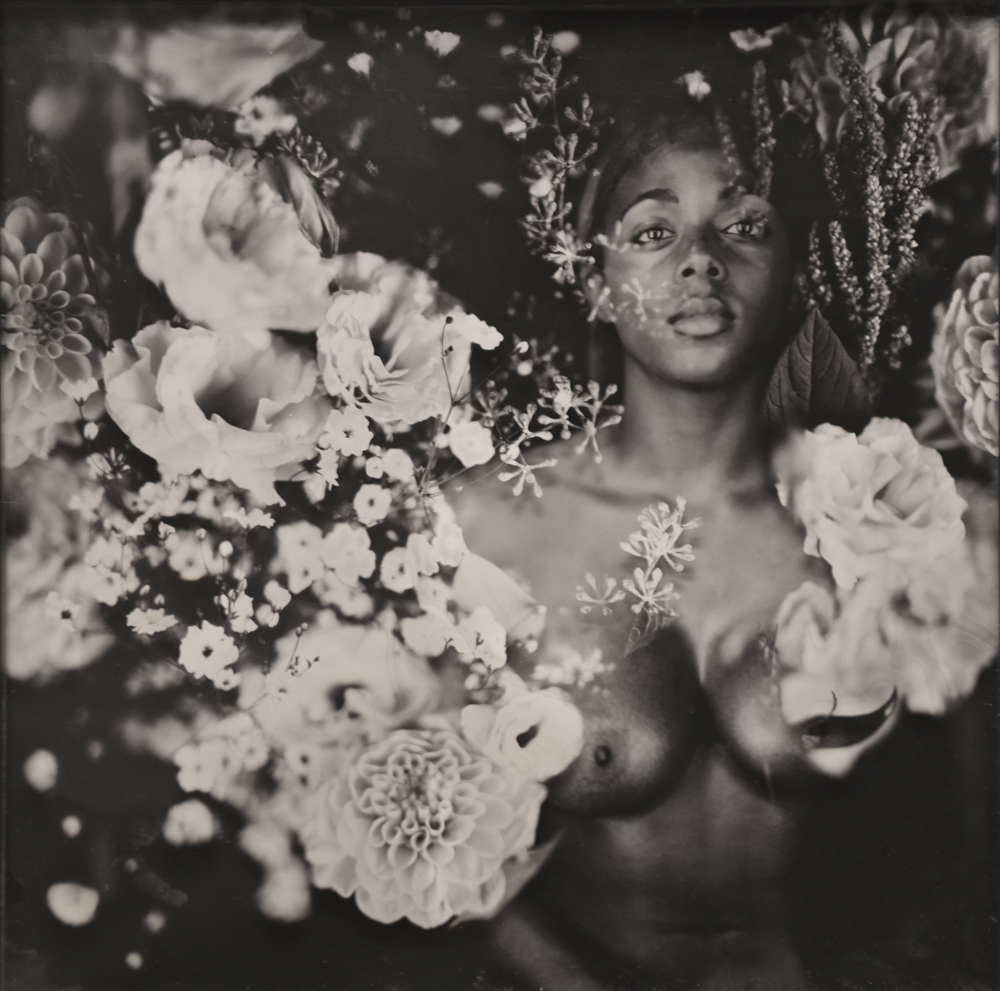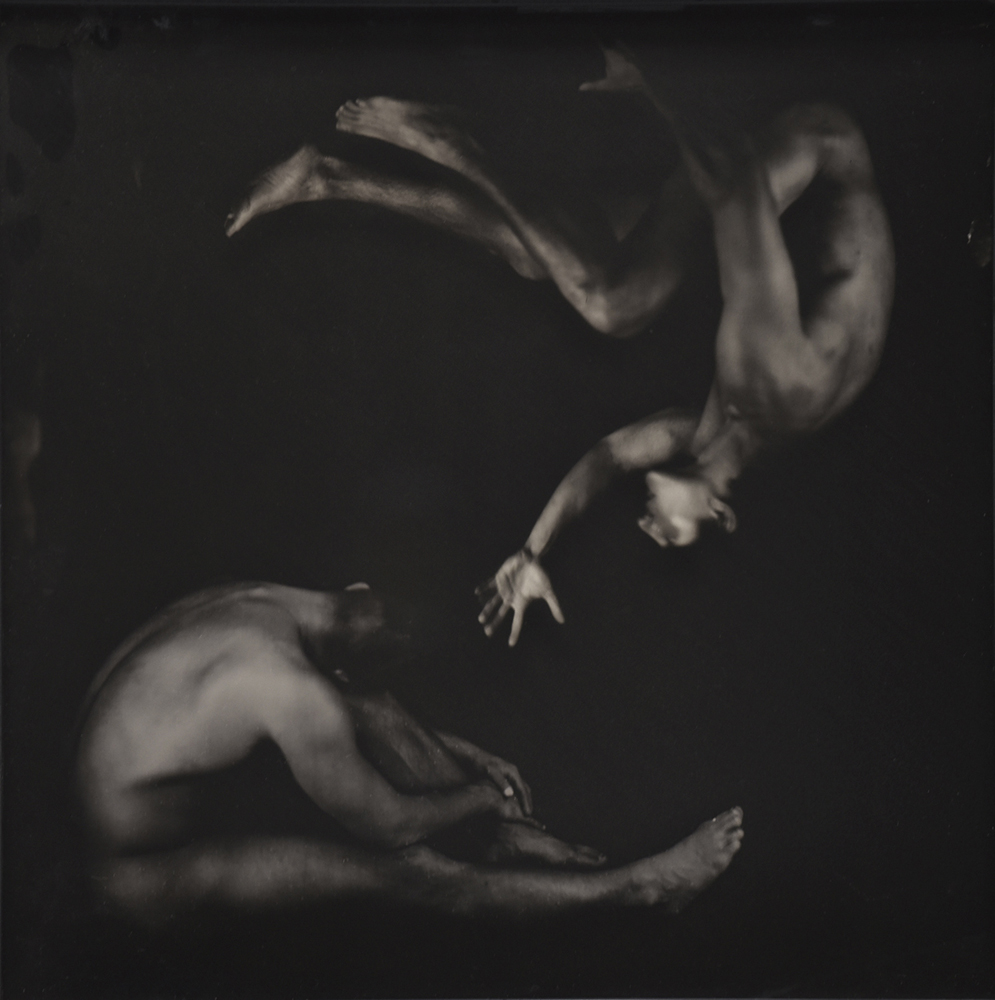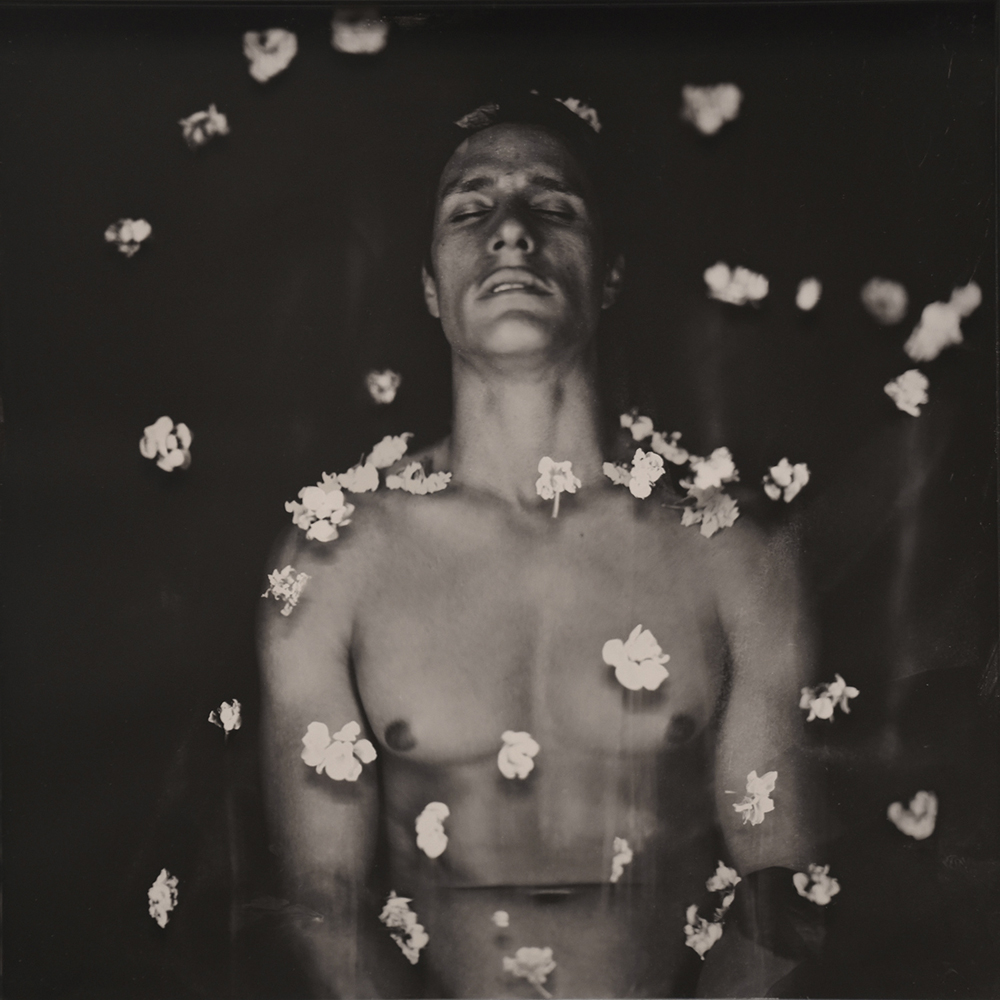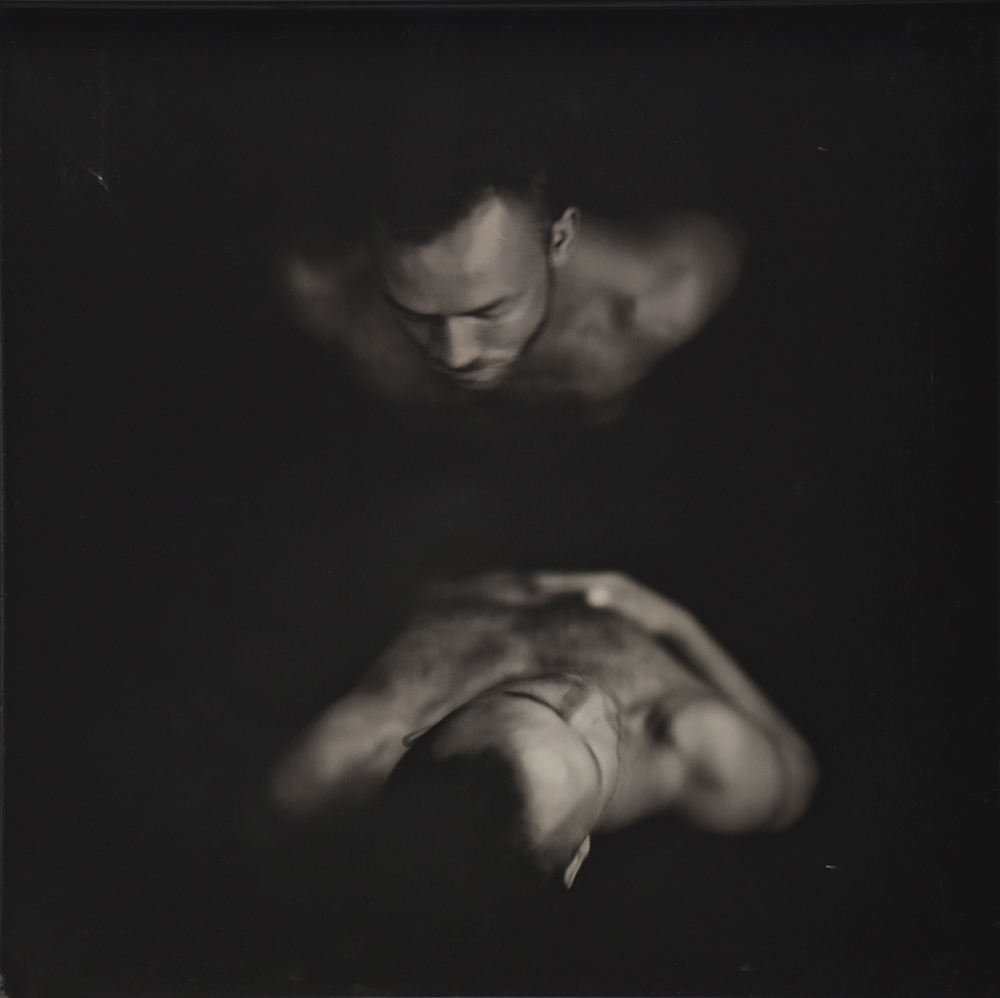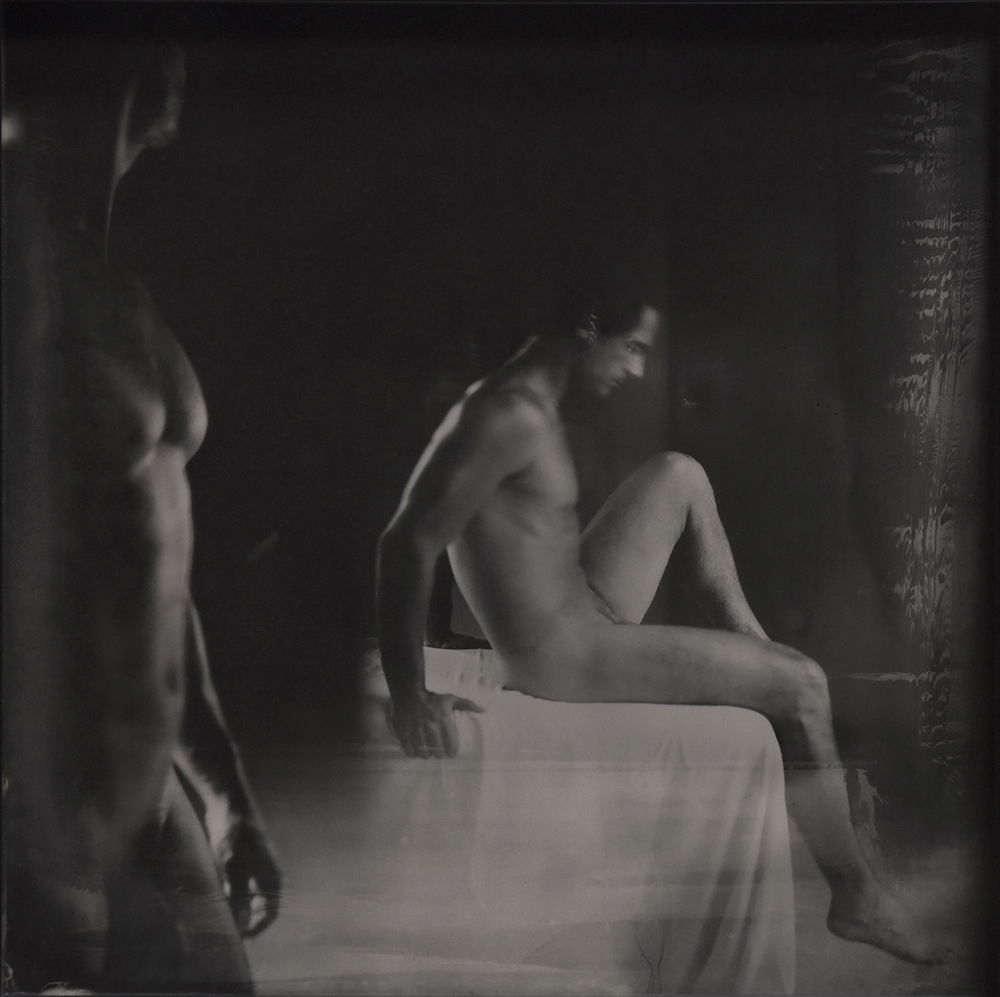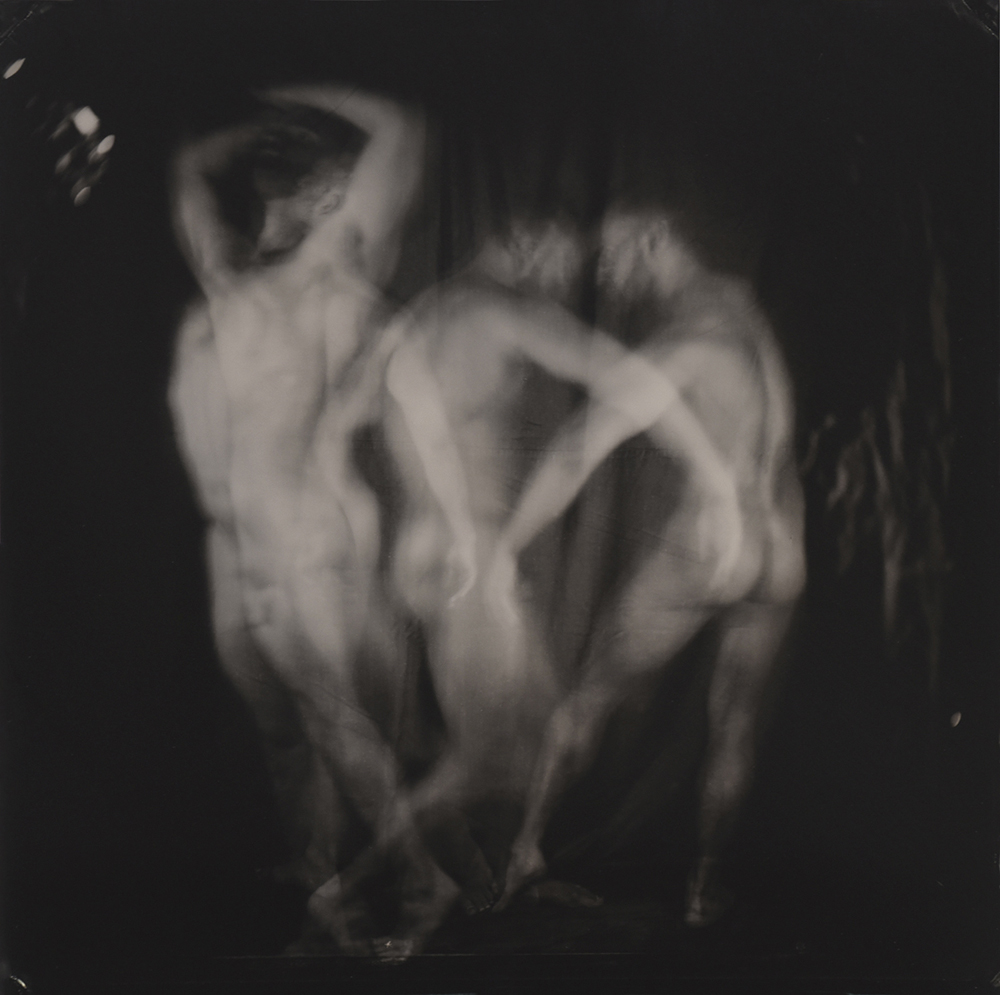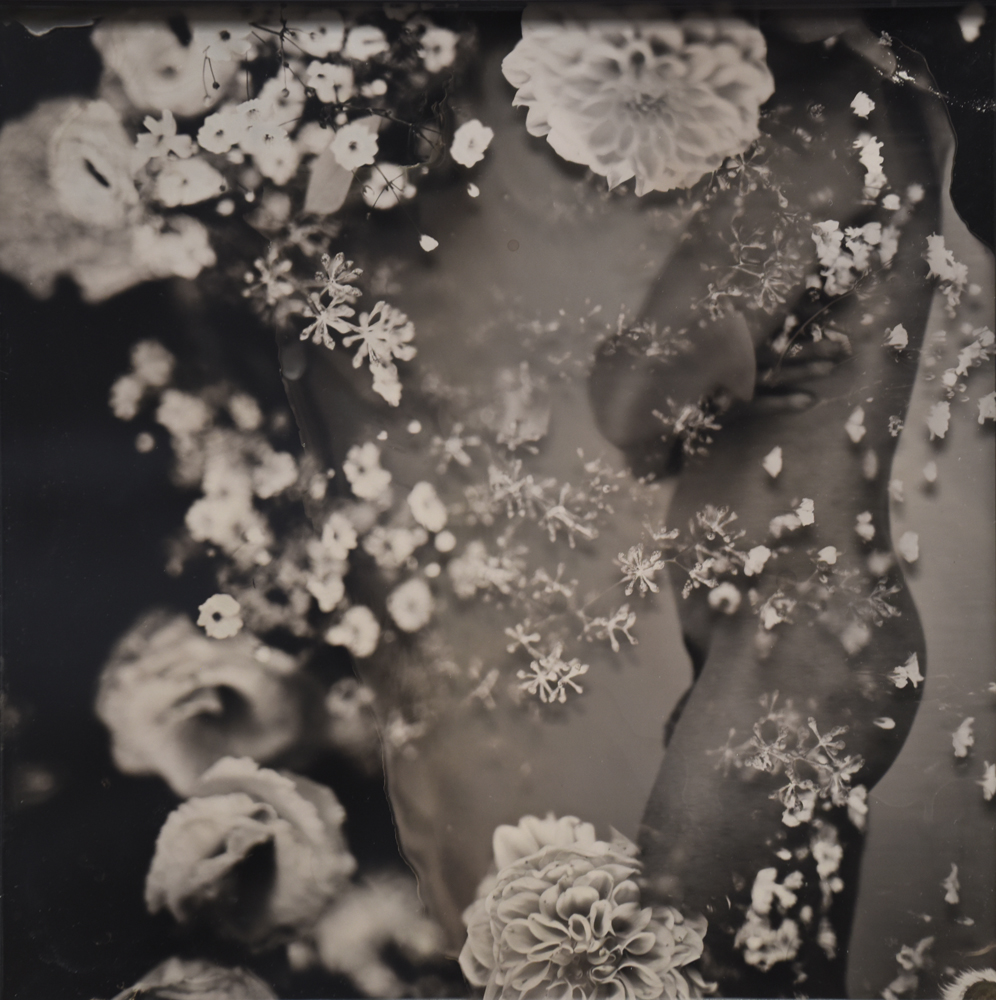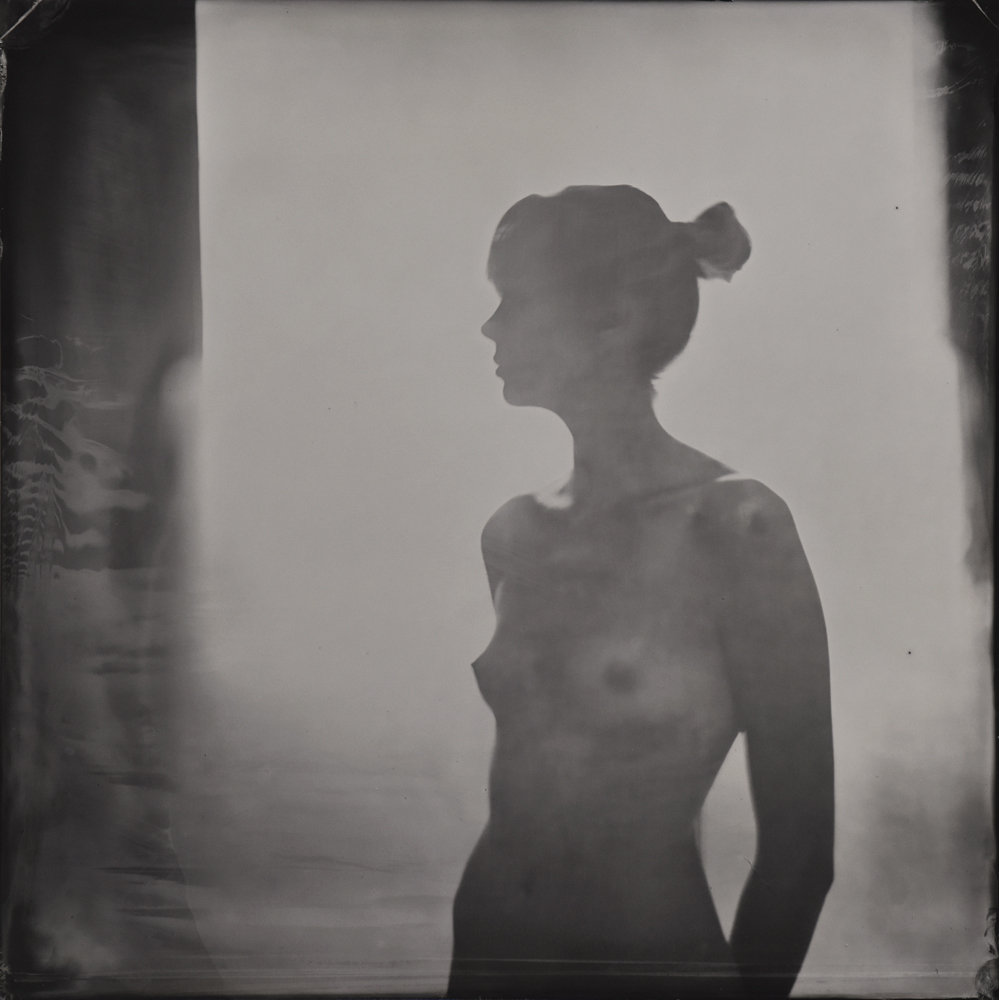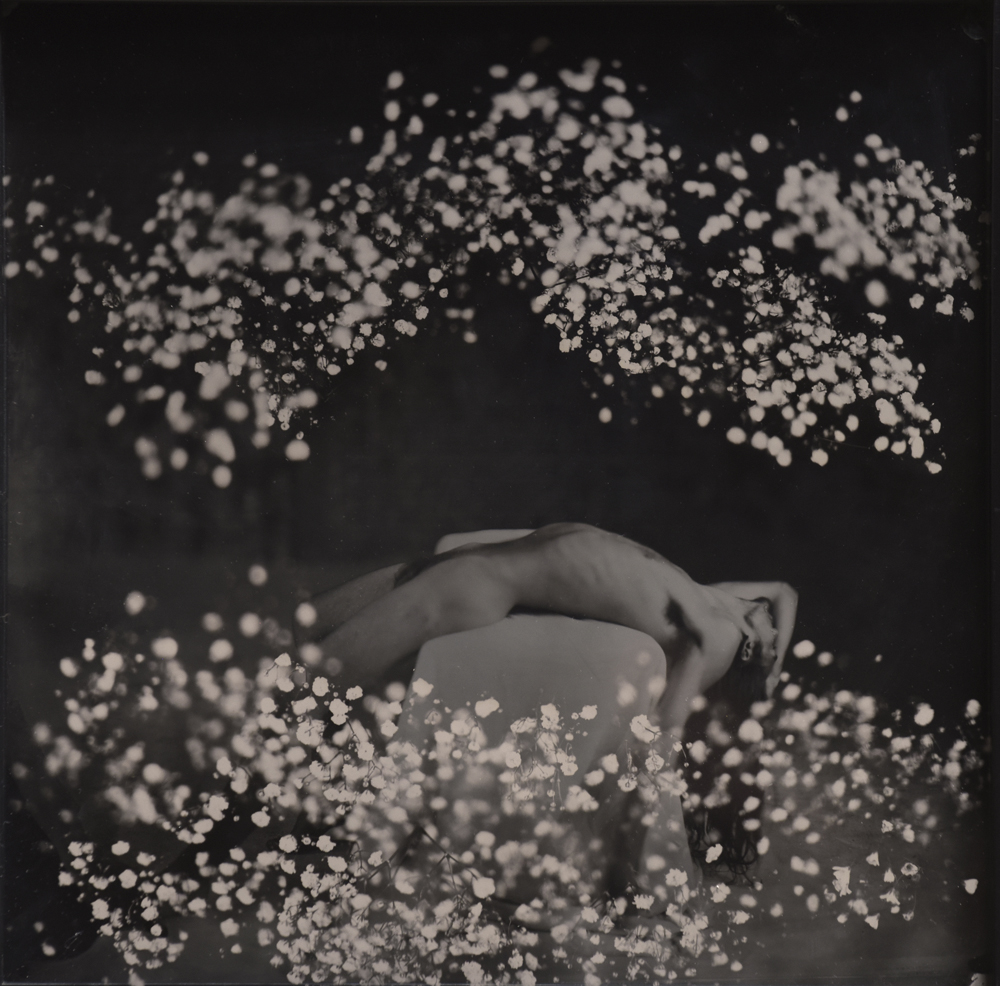Matthew Finely: This Too Shall Pass
Artist Matthew Finley’s new project, This Too Shall Pass, combines historic processes into exquisite layered diorama-like boxes, creating new worlds that speak to beauty, magic, and the stuff of dreams. In an era of digital capture, when everyone with a cell phone is now a photographer, the photograph-as-object is tonic to the pixelated world. Each box is unique and uses wet plate collodion and ambrotype processes to celebrate the fragile beauty of the human and natural world colliding.
He describes this process here:
Whether using the handcrafted processes of tintype and ambrotype photography to echo our indelible and invariable histories, or the more recent cousin to those techniques, instant film, Matthew Finley strives to connect to the viewer on an intimate and emotional level while at the same time creating conceptual portraiture that is both authentic and beautiful. Working with these moody processes, he is able to create photography-as-object: one of a kind, original pieces.
Based in Los Angeles, Matthew Finley has been a photographer for ten years and is a core member of the Advanced Photography Critique Group at CPW. His work has shown in multiple galleries on the West Coast as well as New Orleans, LA and Cincinnati, OH. His images have also appeared in publications including Fraction Magazine, Shots Magazine, and Plates to Pixels where he won the Juror Award in The Visual Armistice 10th Annual Juried Showcase.
This Too Shall Pass
Using a historic photography process to romanticize the lyrical uncertainty of love.
These images are the equivalents of daydreams—reveries suffused with hope and yearning, desire and loneliness. The floral photographic layers on glass evoke the trance of memory—fluid images at once solid yet unclear, ideal but mysterious. These romantic fantasies are moments that can become lost and leave us solitary just as easily as they can solidify into tangible experience.
In using the wet plate collodion process, I aim to add a sense of humanity—an individual, handmade and flawed quality to the images. Layering the glass plate images in the frame creates depth and a multi-dimensional, sculptural aspect that requires the viewer to peer inside, and also allows the shadows of each layer to play a part on the ones below. These mercurial qualities reinforce just how unpredictable and elusive one’s fantasies and desires can be. – Matthew Finely
Posts on Lenscratch may not be reproduced without the permission of the Lenscratch staff and the photographer.
Recommended
-
Ragne Kristine Sigmond: Portraits of Painterly LightDecember 2nd, 2025
-
Mary Pat Reeve: Illuminating the NightDecember 1st, 2025
-
Ricardo Miguel Hernández: When the memory turns to dust and Beyond PainNovember 28th, 2025
-
Pamela Landau Connolly: Columbus DriveNovember 26th, 2025
-
MATERNAL LEGACIES: OUR MOTHERS OURSELVES EXHIBITIONNovember 20th, 2025


